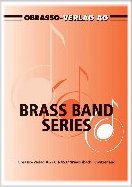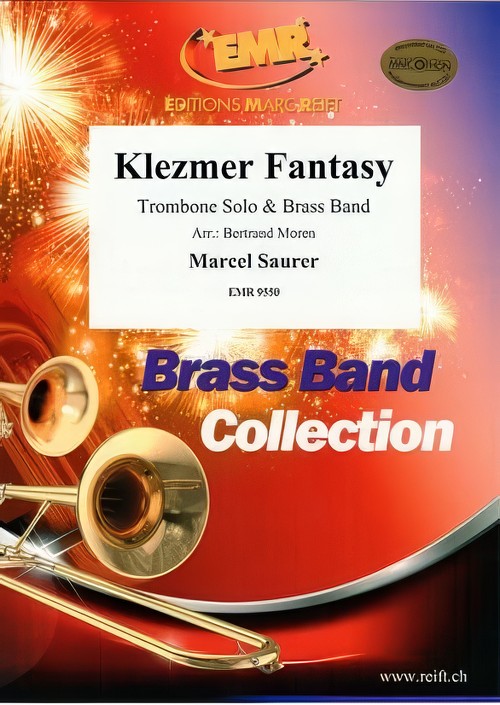We've found 772 matches for your search. Order by
Results
-
 £50.90
£50.90I WISH YOU LOVE (Trombone Solo with Brass Band) - Trenet, Charles - Woodfield, Ray
Grade: Easy/Medium.
Estimated dispatch 7-14 working days
-
 £37.95
£37.95I'M GETTIN' SENTIMENTAL OVER YOU (Trombone/Brass Band) - Geldard, Bill
Estimated dispatch 7-14 working days
-
 £50.90
£50.90IF I WERE A RICH MAN (Bass Trombone Solo with Brass Band) - Bock, Jerry - Smith, Sandy
From Fiddler on the Roof. Grade: Medium.
Estimated dispatch 7-14 working days
-
 £50.90
£50.90IN THE WEE SMALL HOURS OF THE MORNING (Trombone Solo with Brass Band) - Fernie, Alan
Grade: Medium.
Estimated dispatch 7-14 working days
-
 £24.95
£24.95INTRODUCTION AND BURLESQUE (Bass Trombone Solo with Brass Band Set)
Estimated dispatch 7-14 working days
-
 £50.90
£50.90IT'S NOT UNUSUAL (Trombone Solo with Brass Band) - Wormald, Christopher
Grade: Easy/Medium.
Estimated dispatch 7-14 working days
-
 £37.95
£37.95KANGAROO, The (Trombone/Brass Band) - Moss, Harold
Estimated dispatch 7-14 working days
-
 £135.00
£135.00Klezmer Fantasy (Trombone Solo with Brass Band - Score and Parts) - Saurer, Marcel - Moren, Bertrand
Duration: 4.00
Estimated dispatch 7-14 working days
-
 £37.95
£37.95LAZYBONE BLUES (Bass Trombone/Brass Band) - Phillips, John
Estimated dispatch 7-14 working days
-
 £37.95
£37.95LEANING ON A LAMP-POST (Trombone/Brass Band) - Sparke, Philip
Estimated dispatch 7-14 working days
